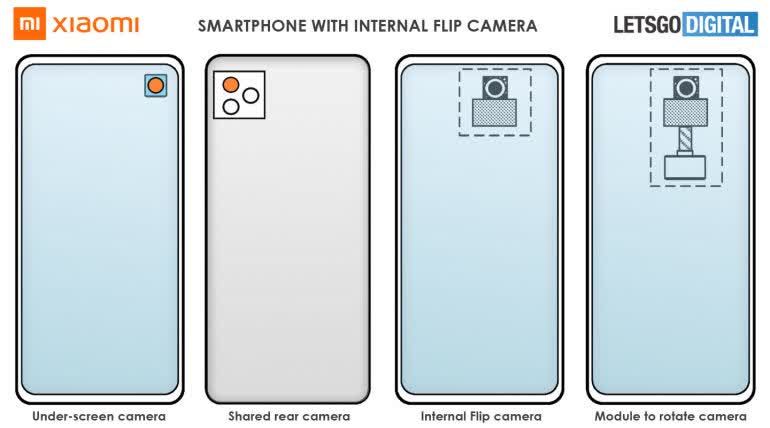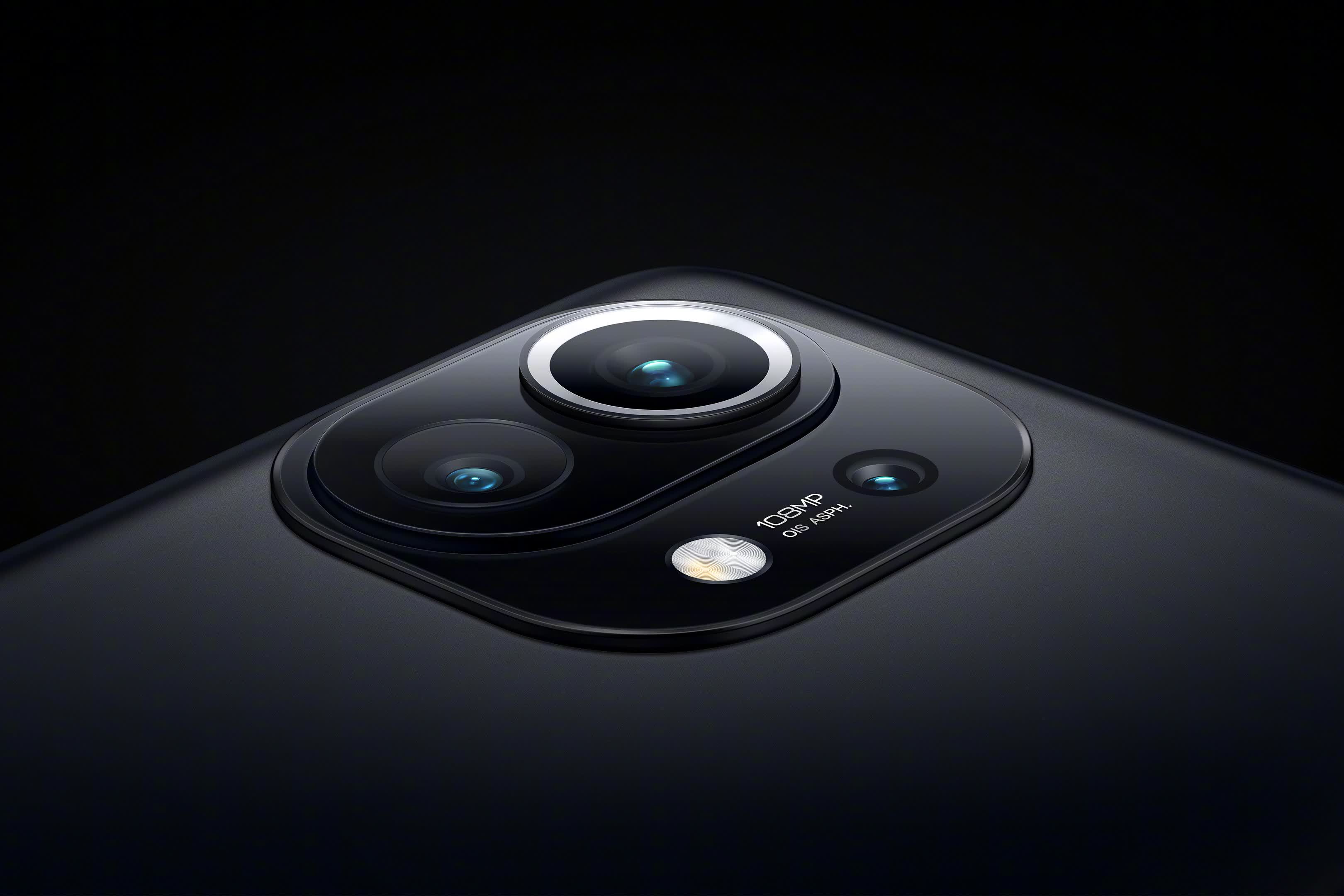Forward-looking: Under-display camera tech remains a fairly recent and niche affair on phones, implemented mainly by Chinese manufacturers like ZTE, Vivo, Oppo, and Realme. It now looks like Xiaomi, another Chinese phone maker, wants to take the idea a step further by adding a rotating mechanism inside the phone that will enable its under-display camera to be used for selfies or flip around to complete its triple-lens setup for rear-facing photography.
Phones such as the Asus Zenfone 7 Pro have previously explored the idea of using powerful rear-facing cameras that can be flipped around for taking selfies. While that implementation with its motorized hinge causes the phone to transform physically on the outside, Xiaomi's idea involves all the action taking place internally.
Discovered by LetsGoDigital (Dutch), the patent for Xiaomi's under-display flip camera discusses a module placed at the back of the display having at least one lens that's set to face the rear by default. It will form part of a triple-camera system and will be able to rotate to the front to act as a selfie camera using a magnetic or motorized module. The other two cameras, meanwhile, remain fixed in their rear-facing position.

Getting this feature to actually work would bring the benefits of a pop-up selfie camera (no notch, punch-hole) like on the OnePlus 7 Pro, while also utilizing the more capable optics usually reserved for rear shooters as done by the aforementioned Zenfone 7 Pro. When being used for selfies, the phone's display around the camera module will be turned off (like a temporary punch-hole) for letting in ambient light, with the remaining display area serving as a viewfinder.
Of course, this being a patent also means the idea might never see the light of day. While Xiaomi isn't a stranger to experimenting with smartphone features and designs and has previously showcased various iterations of under-display cameras on prototypes, the company is yet to release a mass-produced model that actually ships with this tech. Perhaps it's looking to make a dramatic first impression with this implementation.
